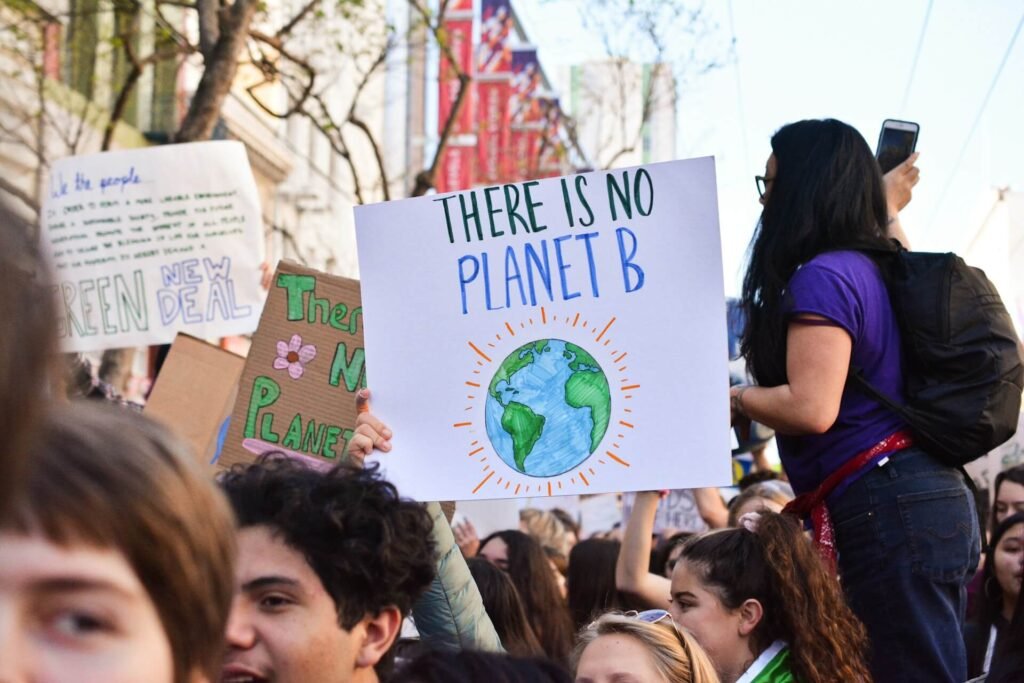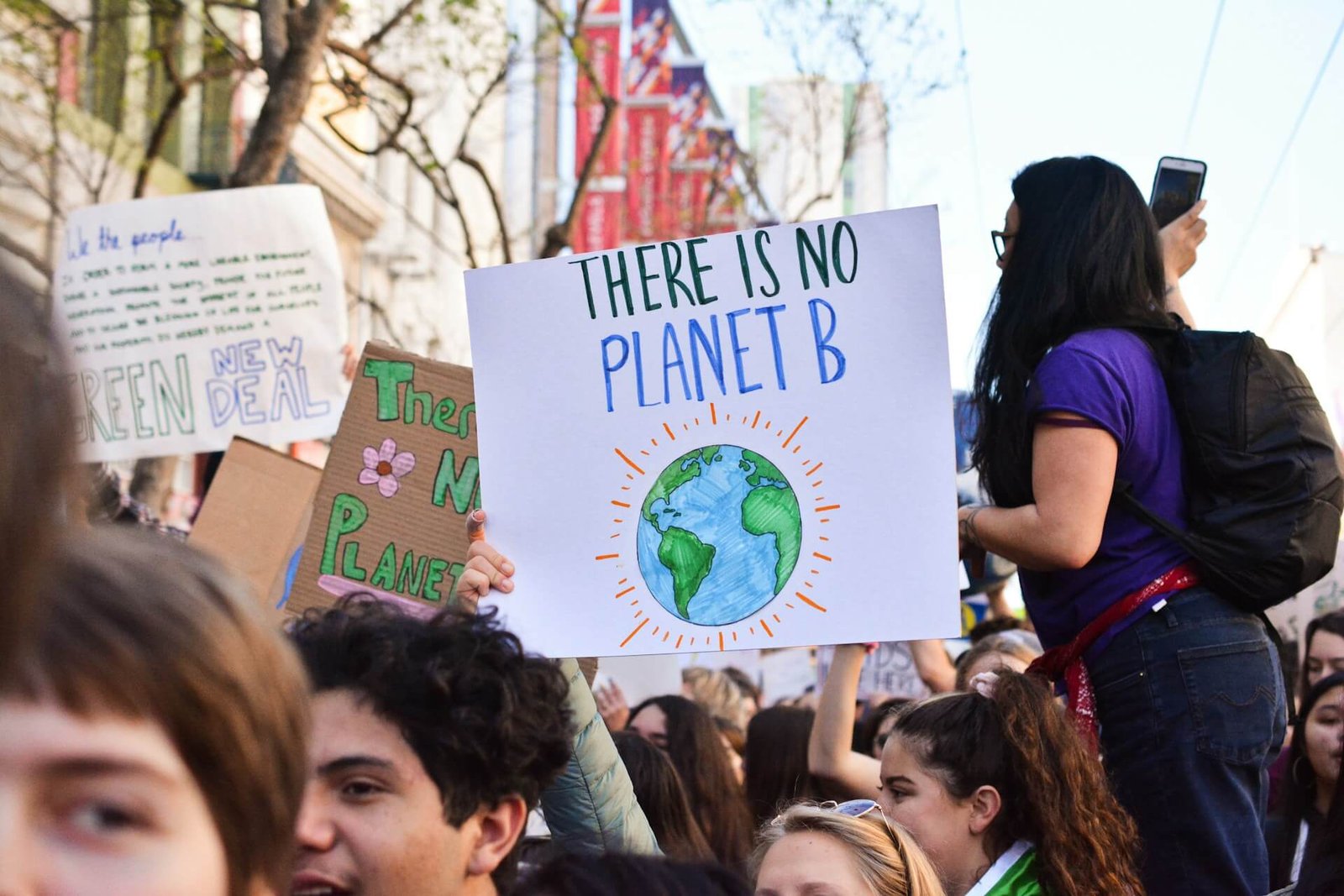
Wealthy countries have finally met their long-standing commitment to provide $100 billion annually to support climate action in poorer nations. This milestone, initially set for 2020, was reached in 2022 with a total of $115.9 billion raised, according to the Organisation for Economic Co-operation and Development (OECD).
However, the delay in achieving this target has had significant repercussions for global climate cooperation.
Background
In 2009, during the Copenhagen climate summit, developed nations pledged to mobilize $100 billion annually by 2020. This commitment aimed to help low-income countries invest in clean energy and adapt to the escalating impacts of climate change. Despite the urgency of the promise, it took over a decade to fulfill this commitment.
The Delay and Its Consequences
Trust Erosion
The failure to meet the $100 billion target on time eroded trust in international climate negotiations. The delay has highlighted the gap between the commitments made by wealthy nations and the actual support provided. This breach of trust has been a significant stumbling block in global efforts to combat climate change.
Impacts on Climate Action
The delay in raising the necessary funds has had substantial implications for climate action. Developing nations, which rely heavily on international finance for their climate initiatives, faced setbacks in their efforts to mitigate and adapt to climate change. This has slowed down progress in crucial areas such as renewable energy deployment, sustainable agriculture, and disaster preparedness.
Sources of Climate Finance
Climate finance comes from various sources, including:
- Bilateral Aid: Contributions directly from the governments of wealthy countries.
- Multilateral Development Banks: Institutions like the World Bank that fund climate-related projects.
- Private Sector: Investments from private companies and financial institutions.
In 2022, the majority of the $115.9 billion raised came from these diverse sources, each playing a crucial role in the overall climate finance landscape.
Allocation of Funds
Clean Energy
A significant portion of the climate finance was directed towards renewable energy projects. This includes investments in solar, wind, and other sustainable energy sources, aimed at reducing reliance on fossil fuels and lowering greenhouse gas emissions.
Sustainable Transport
Funds were also allocated to improve transportation systems, making them more sustainable and less carbon-intensive. This includes initiatives like developing electric public transportation networks and supporting infrastructure for electric vehicles.
Adaptation Measures
Despite the overall increase in climate finance, specific funding for adaptation declined by $4 billion to $24.6 billion in 2021. Adaptation measures are essential for helping countries cope with the effects of climate change, such as rising sea levels, extreme weather events, and changing agricultural conditions.
Is $100 Billion Enough?
While reaching the $100 billion milestone is commendable, it falls short of what developing nations truly need. A panel convened by the United Nations estimates that these countries will require $2.4 trillion annually by 2030 to meet their climate and development needs. Thus, the current target is insufficient to address the scale of the climate crisis.
The Road Ahead
Setting New Goals
Climate finance remains a contentious issue at the annual UN climate talks. Negotiators are working to set a new, more ambitious goal beyond the $100 billion mark. The upcoming COP29 summit in Azerbaijan is expected to address critical questions about future climate finance targets:
- Contributions: Whether major emerging economies like China should also contribute.
- Management: How the funds should be managed to ensure transparency and effectiveness.
- Eligibility: Criteria for which countries qualify for financial aid.
India's Proposal
India has proposed that developed countries provide $1 trillion in climate finance annually from 2025. This substantial increase reflects the growing recognition that much more financial support is needed to meet global climate goals and support vulnerable nations.
Private Sector Involvement
Given the limitations of public finance, there is a growing focus on leveraging private sector investments. However, mobilizing private capital has been challenging. According to the OECD, private capital mobilized through public incentives has stagnated, with only $14.4 billion raised for developing countries in recent years.
Adaptation Finance
The decline in adaptation finance raises concerns about the ability of developing countries to cope with climate impacts. UNEP's chief scientist, Dr. Andrea Hinwood, emphasized the urgency of increasing adaptation finance, stating that without sufficient funds, vulnerable nations cannot adequately prepare for and respond to climate-related disasters.
Moving Forward
As the world gears up for the COP28 climate summit, the achievement of the $100 billion goal, albeit late, provides an opportunity to renew commitments and enhance cooperation. Developed nations must not only meet their financial promises but also ensure that future climate finance is accessible, sufficient, and effectively used to support both mitigation and adaptation needs.
The hope is that this milestone will foster greater trust and cooperation, paving the way for more robust and inclusive global climate action. The urgency of addressing climate change demands nothing less than a continued and concerted effort from all nations, developed and developing alike.

Hi, I’m Durgesh Nayak, and I hold a Master’s degree in Commerce with over five years of experience in the banking sector. I am certified with JAIIB and CAIIB, which has given me a solid foundation in financial knowledge. For the past four years, I’ve been sharing my passion for finance through writing money and finance blogs.
My goal is to make complex financial topics accessible and actionable, helping you improve your personal finance, investment strategies, and overall financial planning.

